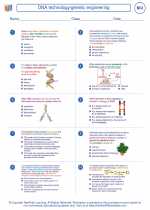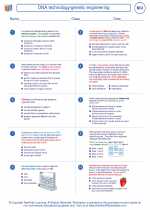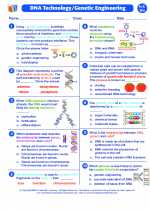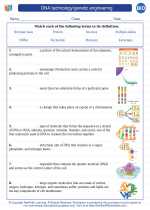Stomach
The stomach is a muscular organ located on the left side of the upper abdomen. It plays a crucial role in the digestion of food and the absorption of nutrients. The stomach is lined with a protective mucous membrane and is divided into several regions, including the cardia, fundus, body, and pylorus.
Anatomy of the Stomach
The stomach is composed of several layers of tissue, including the mucosa, submucosa, muscularis, and serosa. The mucosa contains glands that secrete digestive enzymes and hydrochloric acid. The muscularis is responsible for churning and mixing food with digestive juices. The stomach also has a sphincter at its lower end, called the pyloric sphincter, which controls the release of partially digested food into the small intestine.
Functions of the Stomach
The stomach has three main functions:
- Storage: The stomach can expand to hold a large volume of food, allowing for the gradual release of partially digested food into the small intestine.
- Digestion: Gastric glands in the stomach lining secrete enzymes and hydrochloric acid, which break down food into a semi-liquid mixture called chyme.
- Protection: The stomach's mucous lining provides a protective barrier against the acidic environment and helps prevent self-digestion.
Study Guide for the Stomach
When studying the stomach, it is important to understand the following key concepts:
- Anatomy: Familiarize yourself with the different regions and layers of the stomach, as well as the structure and function of the gastric glands.
- Digestive Processes: Learn about the role of the stomach in protein digestion, the production of gastric juice, and the regulation of gastric motility.
- Diseases and Disorders: Explore common stomach-related conditions such as gastritis, peptic ulcers, and gastric cancer, as well as their causes and treatments.
- Healthy Habits: Understand the importance of maintaining a balanced diet, avoiding excessive alcohol consumption, and managing stress to promote overall stomach health.
By mastering these topics, you will gain a comprehensive understanding of the structure and function of the stomach, as well as its significance in the process of digestion and overall health.
.◂Biology Worksheets and Study Guides High School. DNA technology/genetic engineering

 Worksheet/Answer key
Worksheet/Answer key
 Worksheet/Answer key
Worksheet/Answer key
 Worksheet/Answer key
Worksheet/Answer key
 Vocabulary/Answer key
Vocabulary/Answer key
 Vocabulary/Answer key
Vocabulary/Answer key
 Vocabulary/Answer key
Vocabulary/Answer key
